and the distribution of digital products.
Top 10 largest banks in the world
In 2024, bank-holding companies will control the majority of the global banking market due to their stability and wide range of financial services. According to market capitalization, JPMorgan Chase, Bank of America, and ICBC China are among the top ten banks. These banks influence global finance with their vast holdings.
Globally, the banking sector is vast and powerful, with multiple financial organizations managing trillions of dollars in assets. We will examine the top 10 banks in the world in 2024 in this post, thoroughly examining their business practices, financial results, and overall influence on the international economy.
JPMorgan Chase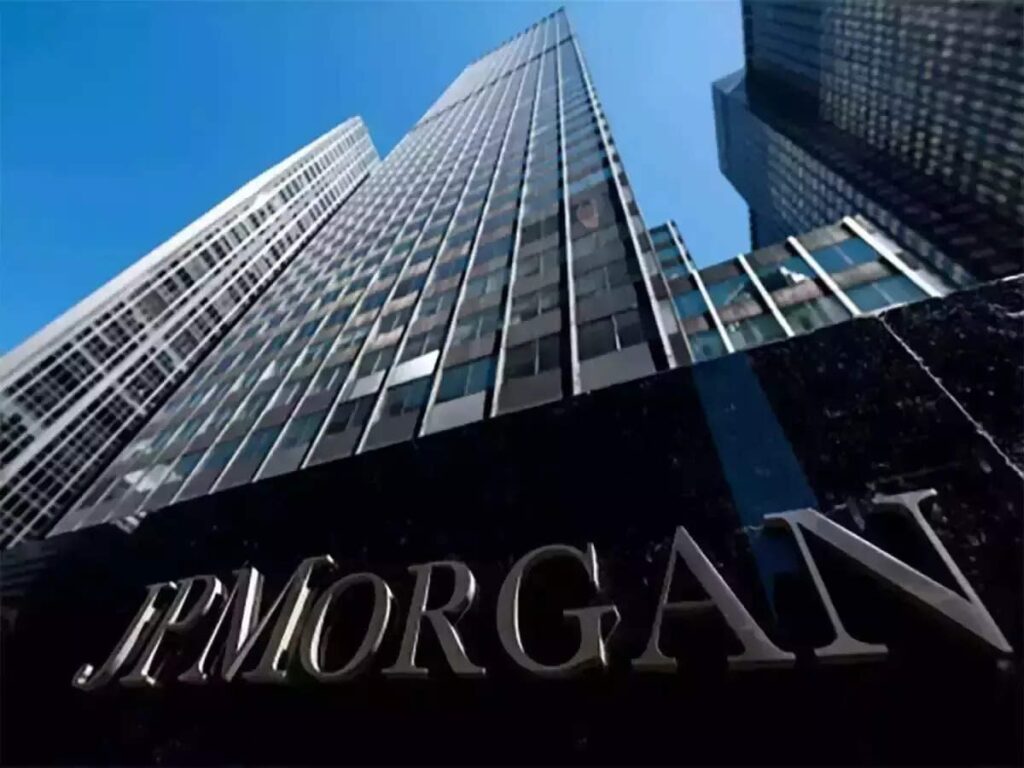
Headquarters: New York, USA
Market Cap: $551.03 B
Total Assets: $3.875 T
JPMorgan Chase is the largest bank hailing from North America and the fifth largest bank in terms of its assets. This bank established its position as the major player in the market by leading in the financial and investment services.
Chase is the consumer banking segment with over 5,000 branches, whereas JPMorgan is still the name used for asset management and investment banking services. JPMorgan is one of the prestigious financial institutions that has adopted the Fed Now system, the new immediate payment service, fastest among the leading banks.
Bank of America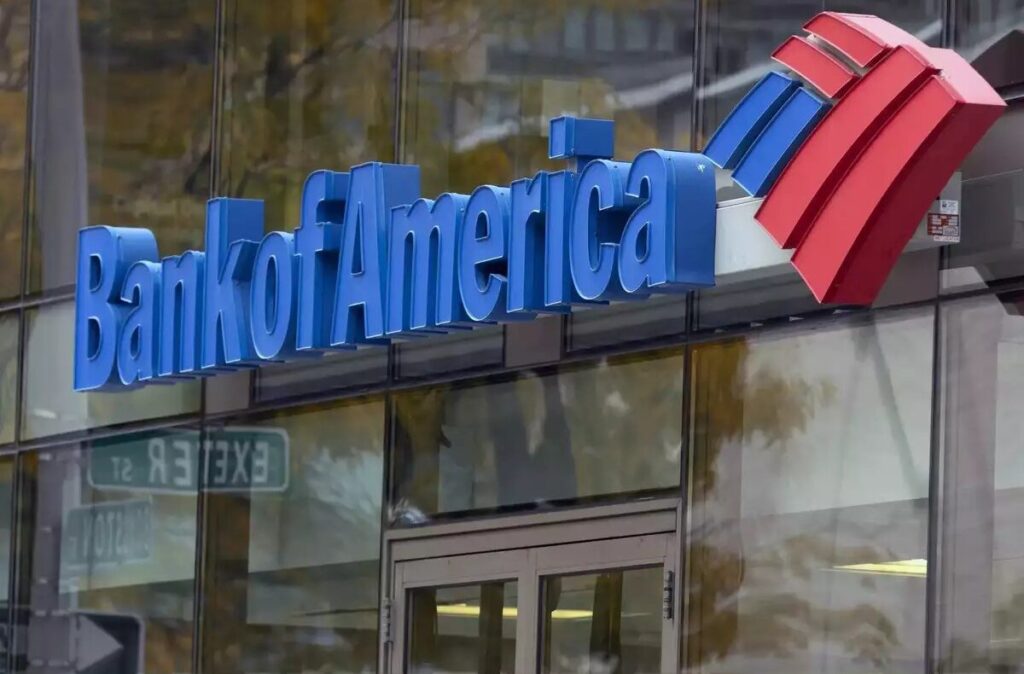
Headquarters: North Carolina, USA
Market Cap: $288.96 B
Total Assets: $3.180 T
One of the “big four” financial institutions in the US and one of the biggest globally, Bank of America caters to a broad spectrum of clients, from start-ups to Fortune 500 companies.
The company provides asset management, risk management, banking, and investing services to more than 60 million individuals and small companies. The number of sources has combined to build the organization as it is today.
Industrial and Commercial Bank of China Limited
Headquarters: Beijing, China
Market Cap: $249.28 B
Total Assets: $6.323 T
The Industrial and Commercial Bank of China Limited is the third largest bank in the world. In terms of total assets, ICBC is the biggest bank in the People’s Republic of China and the entire globe. ICBC and other major lenders like Bank of America are still consistently in the top tier of the global lending market. The bank has increased performance in recent years by being heavily involved in developing industries like green financing and sci-tech innovation.
ICBC was first founded in 1984 and underwent a complete restructuring in 2005 to become a limited business with joint stock. The company successfully went public on The Stock Exchange of Hong Kong and The Shanghai Stock Exchange a year later.
Wells Fargo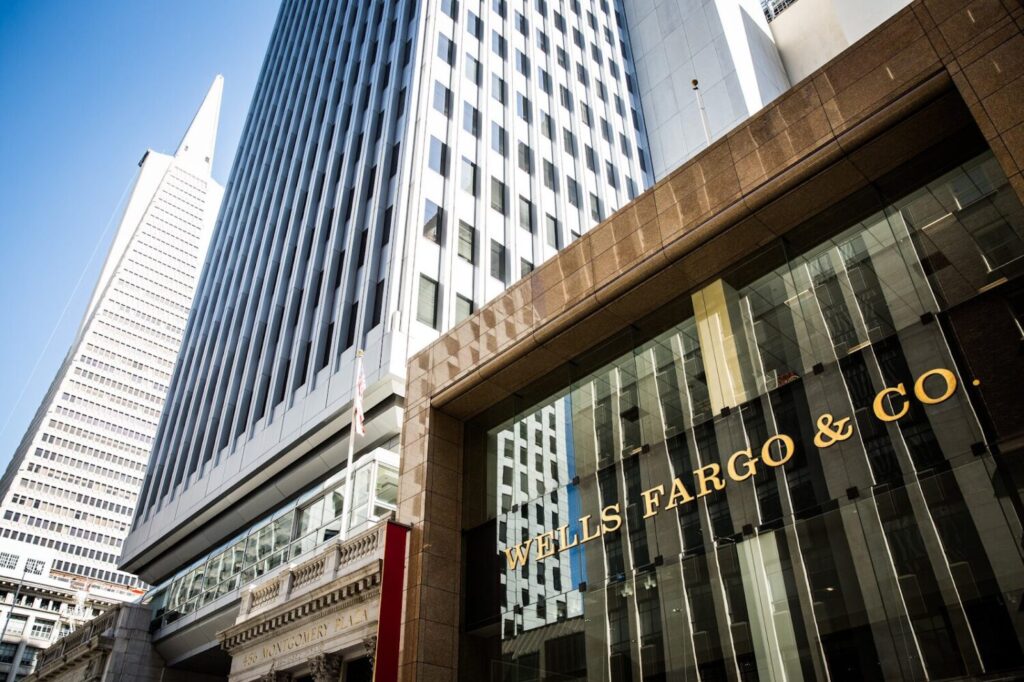
Headquarters: California, USA
Market Cap: $208.41 B
Total Assets: $5.640 T
The American Wells Fargo & Company provides financial services in about 35 countries, including online banking, 12,000 ATMs, over 7,300 locations, equipment leasing, insurance, and mortgage banking. Wells Fargo accompanied JPMorgan and 33 other banks and credit unions in adopting the Fed Now system. Wells Fargo is one of the top five banks in the US, providing services to over 70 million customers.
Agricultural Bank of China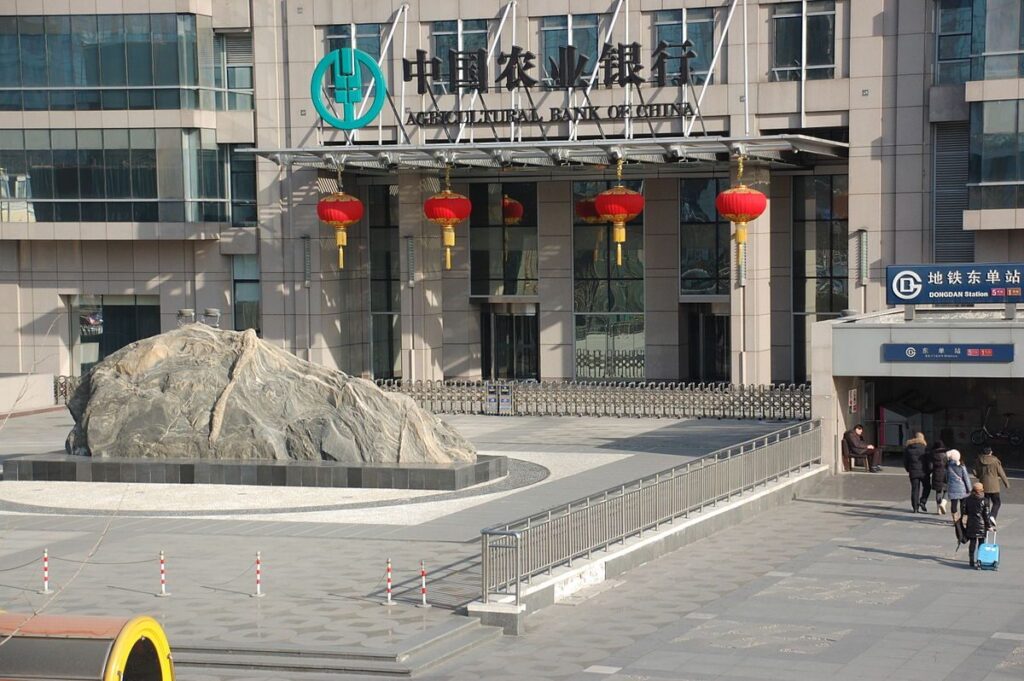
Headquarters: Beijing, China
Market Cap: $207.79 B
Total Assets: $1.886 T
The Agricultural Bank of China is the fifth largest bank in the world. In terms of total assets, it is the second-biggest bank globally. It was established in 1979. The bank is active in Asia Pacific, the Middle East, Europe, and the Americas in addition to being a major contributor to China’s agriculture industry.
The bank, which has its headquarters in Beijing, operates in four primary business segments: asset management, treasury, personal finance, and corporate financing.
The bank plays a major role in supporting and developing China’s essential agriculture industry through its considerable influence.
Bank of China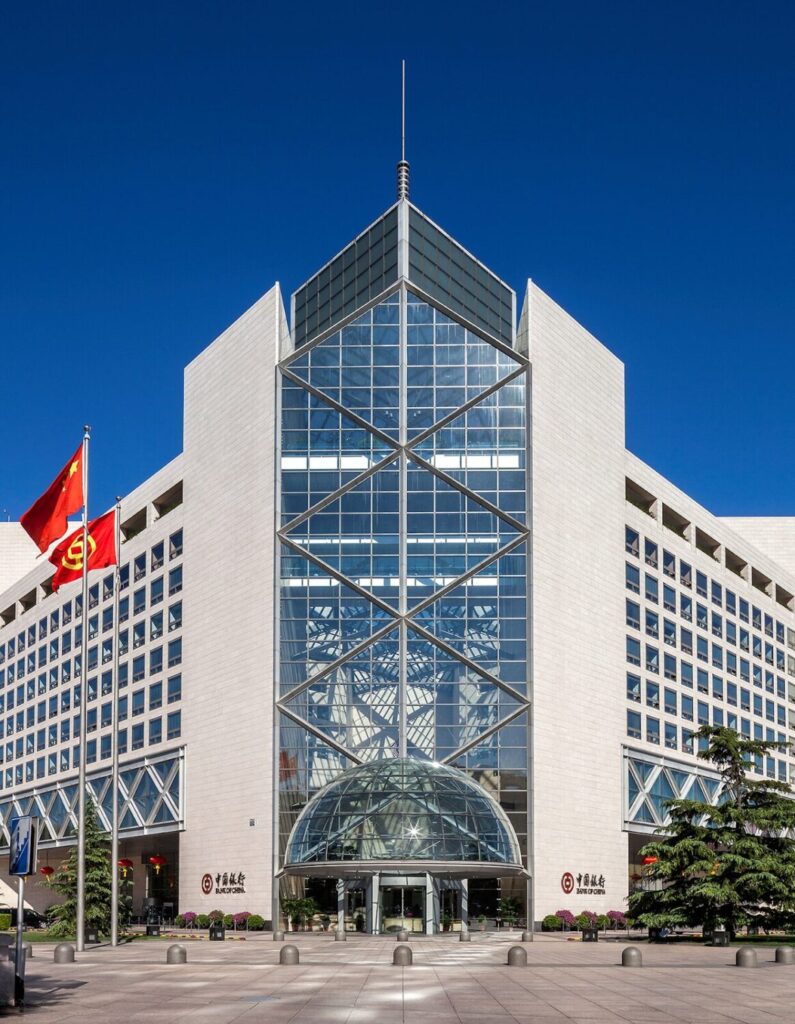
Headquarters: Beijing, China
Market Cap: $171.35 B
Total Assets: $4.558 T
The Bank of China is the sixth largest bank in the world. Based on total assets, the Bank of China ranks as the fourth largest bank worldwide. The Bank of China is one of the oldest banks in China. After starting its operations in Hong Kong, the Bank of China currently runs its financial market business through Beijing, Shanghai, Hong Kong, New York, and London, the five major trading centers. Maintaining the stability of the value of the currency and fostering national economic growth are two of the Bank of China’s objectives.
Based on the pillars of corporate banking, personal banking, financial markets, and other commercial banking activity, including investment banking, securities, insurance, and fintech, the institution boasts a well-established global service network and an integrated service platform.
China Construction Bank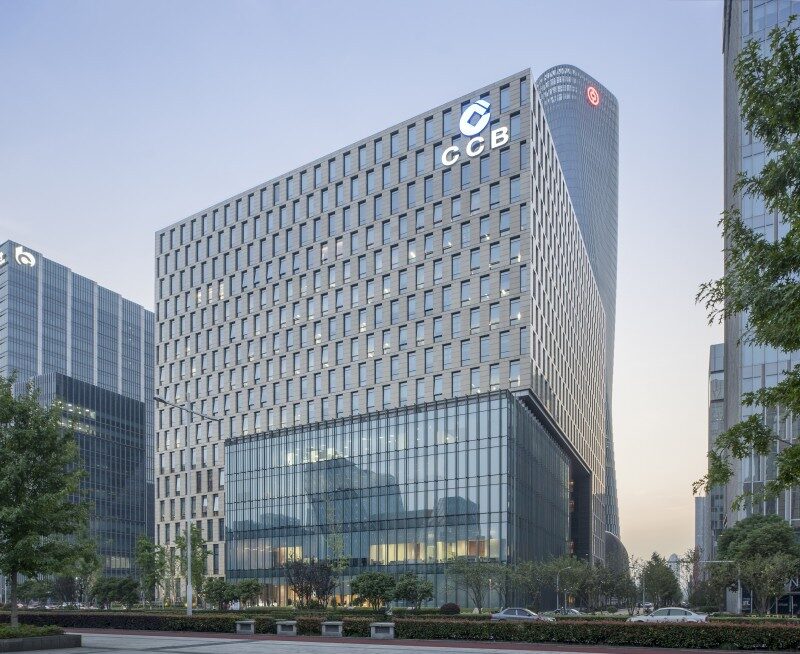
Headquarters: Beijing, China
Market Cap: $166.19 B
Total Assets: $5.421 T
Being one of the top commercial banks in China, it has a big impact on infrastructure and development projects. After ICBC, Chinese Construction Bank is the second-largest bank with 3.48 million corporate customers. China’s infrastructure and construction are heavily influenced by CCB. Numerous industries are covered by CCB’s businesses, including retail, software, energy, and many more.
Its origins can be traced to 1954, when the Construction Bank of China was established as a fully state-owned financial institution.
HSBC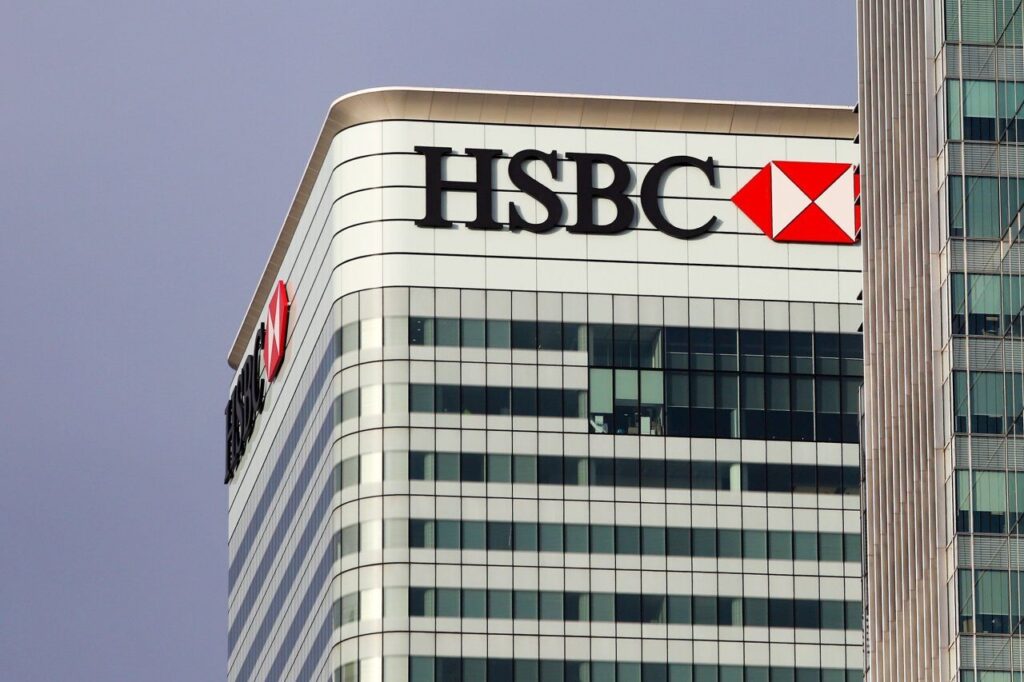
Headquarters: London, UK
Market Cap: $164.48 B
Total Assets: $2.308 T
HSBC is the eight largest banks in the world which was founded in Hong Kong and Shanghai and currently has its headquarters in the UK. HSBC has a global network that spans 62 countries and serves about 42 million customers. In addition to offering its goods and services, HSBC has branches in India where it is also growing among customers for personal banking. With its three business divisions—Wealth and Personal Banking, Commercial Banking, and Global Banking & Markets—the company currently provides services to almost 40 million clients.
More than 180,000 stockholders in 128 different countries and territories own shares in HSBC Holdings PLC, which are listed on the stock markets of London, Hong Kong, New York, and Bermuda.
Morgan Stanley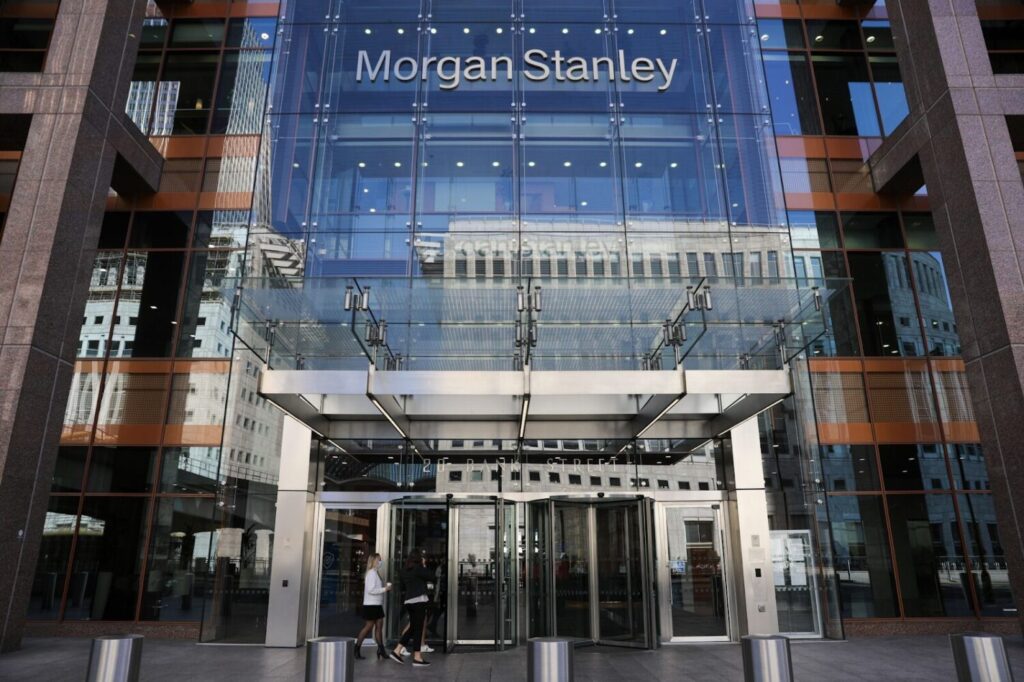
Headquarters: New York, USA
Market Cap: $148.90 B
Total Assets: $1.193 T
Morgan Stanley is the ninth largest bank in the world which has its headquarters in USA, and it is an investment bank and provider of financial services. Remarkably, Morgan Stanley and Mitsubishi UFJ Financial recently revealed intentions to expand their partnership, which has been in place for 15 years, into foreign exchange trading as well as Japanese research and stocks sectors, catering to a worldwide clientele.
HDFC Bank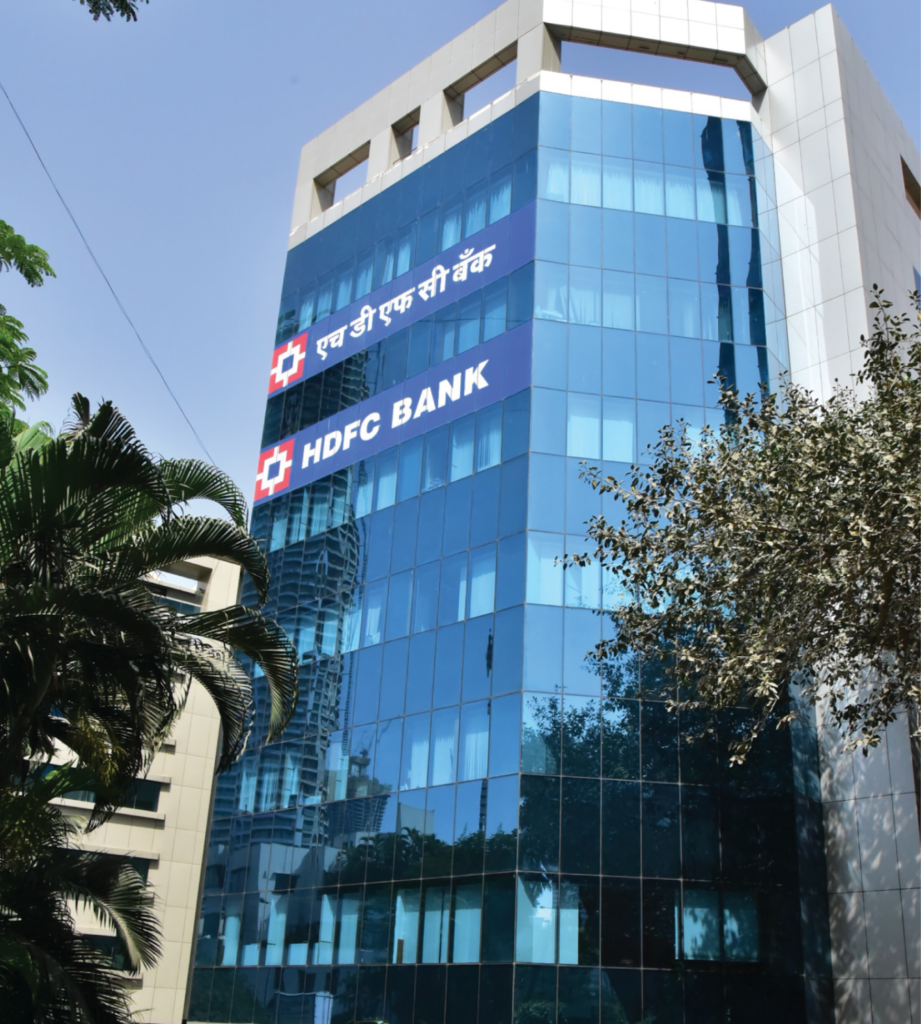
Headquarters: Mumbai, India
Market Cap: $147.31 B
Total Assets: $466.29 B
HDFC Ltd. and HDFC Bank amalgamated to form a one organization as of July 2023. The purpose of the merger is to more effectively fulfill customer needs and adjust to the evolving demands of the industry as a whole. Following the merger, HDFC Bank emerged as the largest bank in India and the tenth largest lender globally. It is also the third-largest corporation in terms of market capitalization in the Indian Stock Exchange, HDFC Bank has shifted its emphasis to offering long-term corporate loans.
Also Read: 8 Best Project Management Software
ConclusionAccording to a number of indicators, including market capitalization, revenue, and total assets, the top ten banks in the world are major participants in the global financial system. In this article, top ten banks are based on market capitalization. These banks usually provide a wide range of financial services to people, businesses, and governments, and they usually have substantial operations across several nations.
Even with rankings that shift as a result of acquisitions, mergers, and shifts in the market, a few of banks are constantly among the biggest worldwide. These organizations frequently take use of their size and scope to offer a wide range of financial services and products, including investment banking, retail banking, wealth management, and insurance.
Banks with larger market capitalizations typically have greater resources available for lending, investment, and growth. Additionally, it increases general stability and lessens the possibility that the bank will be targeted for acquisition.
We obtain a thorough understanding of the dynamic and significant role these institutions play in the global financial ecosystem by investigating these elements.
Banks typically charge relatively higher interest rates on loans that they disburse, even when they obtain money at lower interest rates. Net interest margin, which is the difference between these interest rates, is a substantial source of revenue for banks.
Banks borrow money from the deposits made by consumers into their current and/or savings accounts. Banks also borrow money by providing recurring or fixed deposits. Banks, on the other hand, make money through charging interest on financial items including auto, housing, and personal loans.
The governments of the member countries own the organizations that make up the World Bank Group, and they have the last say over all decisions made inside the organizations regarding membership, policies, and finances.
- Home
- About Us
- Write For Us / Submit Content
- Advertising And Affiliates
- Feeds And Syndication
- Contact Us
- Login
- Privacy
All Rights Reserved. Copyright , Central Coast Communications, Inc.